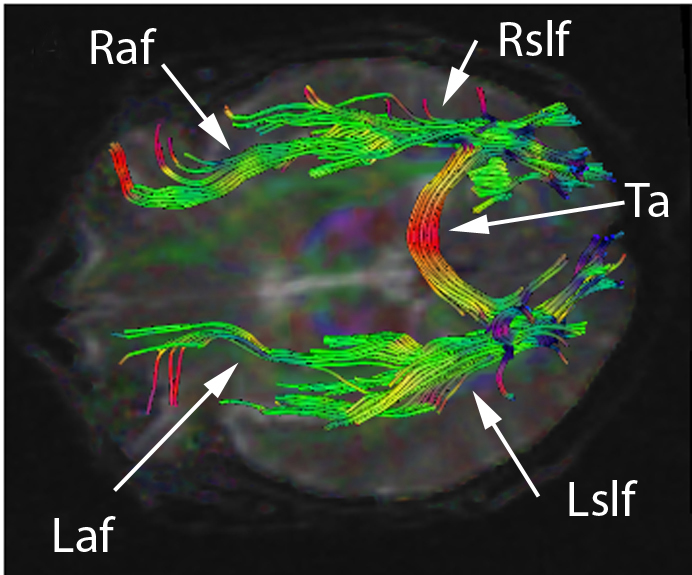Mixed transcortical aphasia is the least common of the three transcortical aphasias (behind transcortical motor aphasia and transcortical sensory aphasia, respectively). This type of aphasia can also be referred to as "Isolation Aphasia". This type of aphasia is a result of damage that isolates the language areas (Broca’s, Wernicke’s, and the arcuate fasiculus) from other brain regions. Broca’s, Wernicke’s, and the arcuate fasiculus are left intact; however, they are isolated from other brain regions. A longer definition comes from Wikipedia.
SSTattler: Short definition from American Speech-Language Hearing Assoc. - Mixed Transcortical Aphasia - A combination of the two transcortical aphasias where both reception and expression are severely impaired but repetition remains intact.
- Video: Mixed Transcortical Aphasia
- Mixed Transcortical Aphasia (Medical Condition)
- 4 Transcortical Motor Aphasias
- Transcortical Motor Aphasias
- Transcortical Sensory Aphasias
- Weekly Columnists
- Musing: Dorsal Raphe Dopamine Neurons Represent the Experience of Social Isolation
- Sunday Stroke Survival: Give Yourself Permission
- Caregiver: Easter Egg Hunt (for dogs only)
- Jester: Old Folks
- TED Talks - Travis Kalanick: Uber's Plan to get More People Into Fewer Cars
- Laid-Back Admin: Stop Publish Stroke Survivors Tattler Apr/09/2016
Saturday News | Future Topic
--------------+---------------------------------------------
--------------+---------------------------------------------
Apr/09/2016 | Weekly Index from Jan/01/2011 to Apr/2016/02













